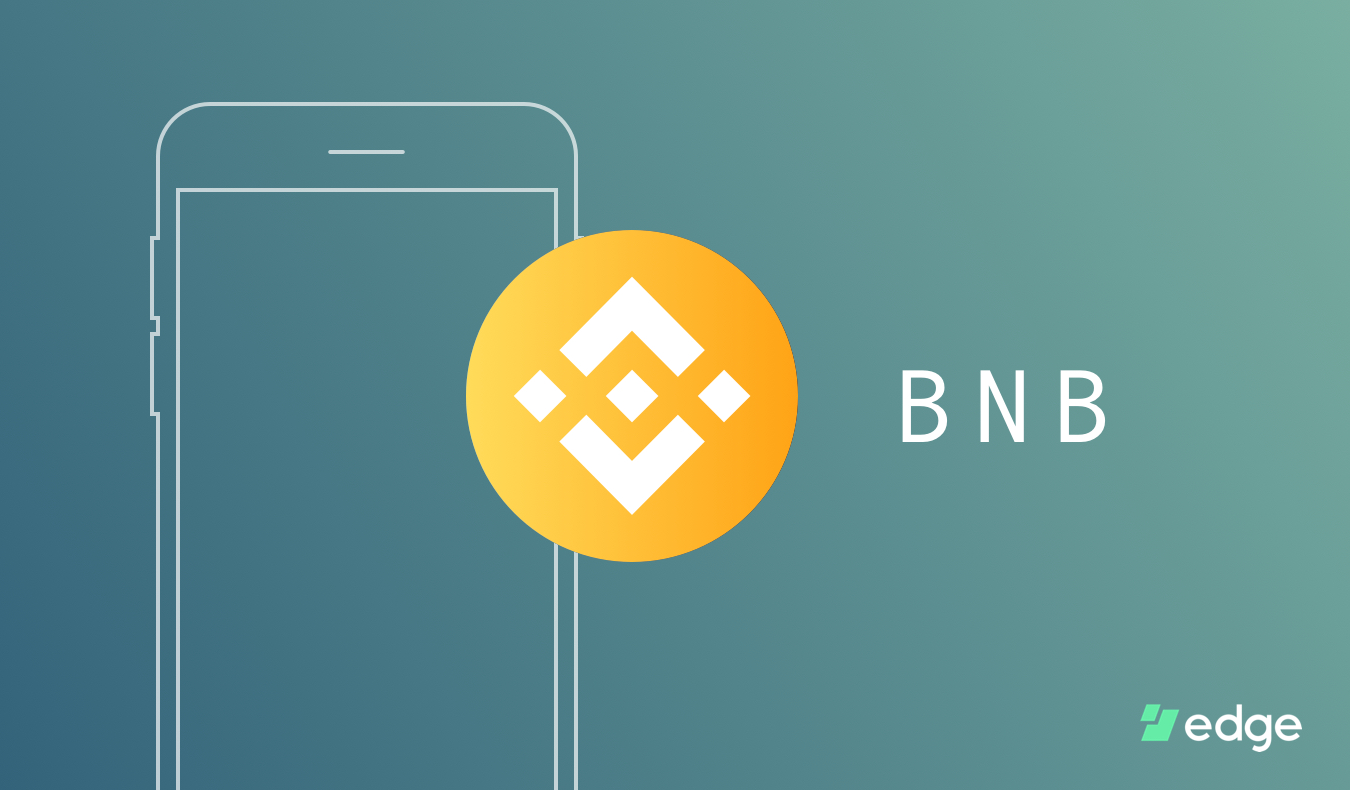Binance Coin was created by the popular international crypto-exchange, Binance. On June 30th, 2017 Binance launched a token sale on Ethereum for Binance Coin (BNB) as an ERC-20 token with the intention of building their very own blockchain for BNB. And they’ve made good on their intentions. In April 2019 Binance Chain officially launched and BNB can now be sent and received over its own native network without the need for Ethereum.
Cosmos SDK + Tendermint Consensus
Many chains are just imitations or forks of Bitcoin, or were written from scratch by the team creating the chain. The Binance team leveraged some of the tools already built by other projects in the space. Binance uses the Cosmos SDK which is an open source toolkit built for developers looking to create single purpose blockchains. The Cosmos SDK includes the Tendermint consensus engine which Binance chain uses for its consensus mechanism. Tendermint is seen as a high quality Proof of Stake algorithm by many practitioners and theorists.
BNB is an example of a single application blockchain as opposed to a general purpose blockchain like an Ethereum, EOS, or Tezos. Binance chain was created with the exclusive purpose of supporting Binance’s plans for operating a decentralized exchange. If Binance is successful in making the transition from exclusive control of exchange functions to setting up a global decentralized exchange with no central point of authority or responsibility, this would be a groundbreaking achievement for Binance and the industry as a whole.
Common wisdom says a network or organization can transition from a decentralized topology to a centralized hierarchy rather easily but the reverse is close to impossible to accomplish. Binance is putting that received wisdom to the test and may serve as another lesson proving the received wisdom correct, or they could lay out a path for more to follow.
Utility-Token & Pseudo-Equity
Binance coin has a few capabilities and functions. At its most basic level BNB can be sent and received like any other cryptocurrency.
Moving past the most basic of functionalities, BNB can be used for a few other purposes. BNB is currently used to access cheaper trading fees on Binance’s legacy exchange platform, but the discount on fees will be reduced significantly overtime. Users can also use BNB to issue digital assets on Binance chain, create trading pairs between two different digital assets issued on Binance chain, and will be used to pay trading fees on the Binance decentralized exchange(DEX).
There is another interesting aspect of BNB that makes it a pseudo-equity like instrument. Binance, the exchange, has promised to buy up and destroy some of the supply of BNB and they’ve successfully delivered on these coin-burns 8 times now.
By doing so, Binance is reducing the total supply of the token making it more scarce, much like a stock buy-back makes the supply of that stock less available in the market. Assuming demand stays constant, these BNB token burns, in theory, should push the price value of each unit up, rewarding holders of BNB with price appreciation. Binance pays for these burns with profits from their exchange much like a modern corporation would distribute dividends to their shareholders or buy back stock.
However, investors and users should know that BNB is not a registered security, is not actually equity, and comes with much less of the guarantees and protections that a fiat based security would have. This is the wild west of tech and finance. By holding BNB you’re putting your faith in this organization with no recourse if things go wrong.
When we combine these different aspects of BNB we realize it isn’t any one thing. Much like most assets, products, and services in crypto, its functions have the ability to evolve overtime. Many of these crypto-assets are embedded with different financial properties at the same time, blurring the clear boundaries we’re used to in traditional finance.
Binance DEX
The evolution of Binance from a centralized organization running a massive global exchange to being one of several parties operating a decentralized exchange will be a massive accomplishment for Binance and the crypto industry. This transition has never been attempted before, so this would be a first as far as we know.
Like we mentioned before, Binance Chain was built for the expressed purpose of operating a DEX on top of the chain. BNB, the native token, will be used to create new tokens, invest in tokens native to Binance Chain, pay transaction and trading fees, and create new trading pairs on the Binance DEX.
Right now, Binance as an exchange provides three key services: they secure and hold user funds, control a private order book and matching engine, and settle the exchange of assets. The Binance DEX, if successful, will remove their need to be solely responsible for those activities. The DEX will be non-custodial, nodes will be able to see a single public order-book, and the Binance chain will handle final settlement of assets.
Criticisms
Binance is operating in a huge grey area opened up by the existence of crypto and they are taking full advantage. Many lawyers cringe at the thought of a financial security not being registered with the appropriate authorities under the proper protocols.
Binance has also come under criticism within the crypto-community for allowing “pump and dump” schemes to proliferate on their liberal exchange platform. This will likely continue on the Binance DEX since the Binance team will have no control over what is issued on Binance Chain.
Conclusion
With the addition of BNB, Edge is the only non-custodial platform to support the top 10 crypto-assets by market capitalization. The evolution of Binance from a massive traditional crypto exchange to a decentralized exchange powered by its own native blockchain has been fascinating to watch. We look forward to supporting BNB and the continued development of Binance Chain and its DEX.
